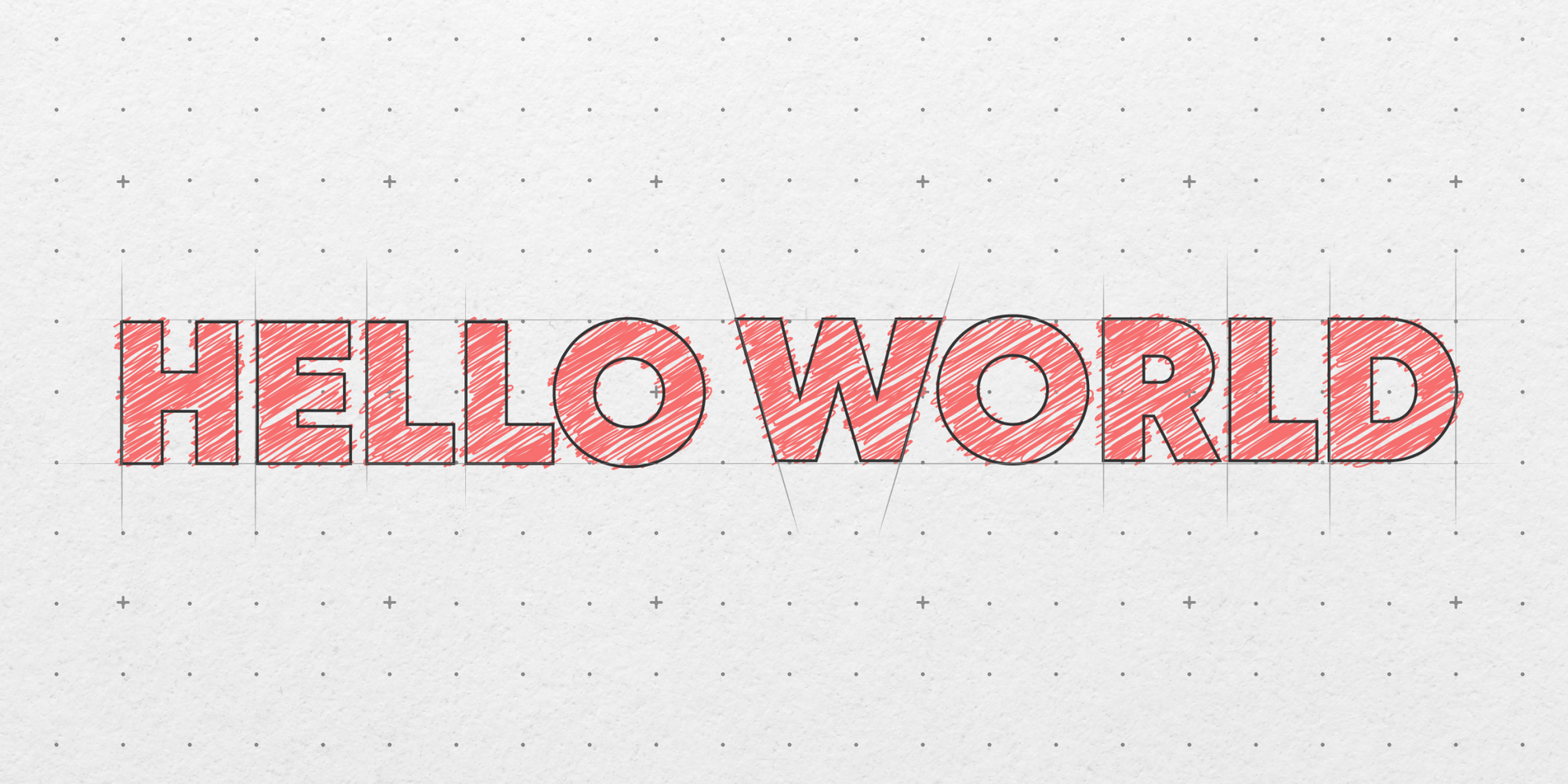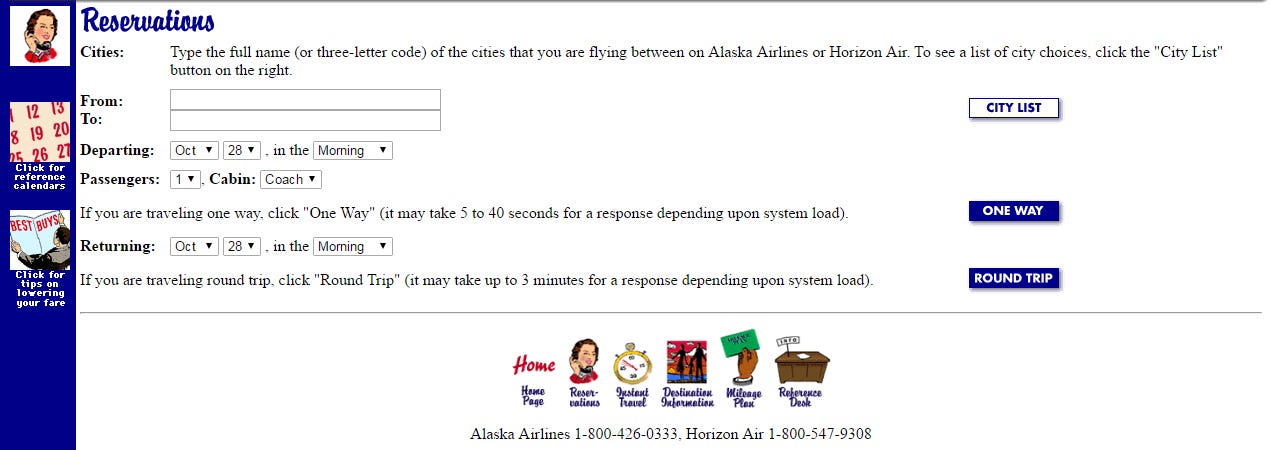Introducing Brilliant By Design
A design blog and community dedicated to de-mystifying product design.

Design is still one of the least funded and least understood practices in product development, yet more and more companies are realizing how important design is to the user experience. This has created a huge problem (and a huge opportunity for product designers) because there is a lot of energy and momentum around creating design-led products, but not enough understanding of what that means or how to make it actually happen.
So let's change that.
Why is design becoming so important?
In the early years of the internet, it really didn't matter much about how delightful the user experience was, because the fact that you could even do something through a web browser was miraculous enough and there was very little competition (if any at all!).
Journey back to December 27, 1995, when Alaska Airlines was the first airline to enable booking tickets from their website. The experience was clunky and took an incredibly long time (they estimated 3-10 minutes, but we all know it was more once you factored in the average internet connection and hardware at the time).

Fast forward to today, and not only does every airline I'm aware of offer this functionality, but there are entire apps and services purpose-built to achieve this task, and they all compete largely on how easy and enjoyable their experience is. Whether it's mobile apps, virtual assistants, or AI everyone is looking for that unique experience that gives them a competitive advantage. Entire billion dollar companies have been successful due almost entirely due to creating a superior user experience to their existing competitors (ahem Slack...).
These days, what you're doing doesn't matter nearly as much as how well you're doing it.
So why is great design still so difficult to come by?
While most people agree that design is an important differentiator in today's market, I have been constantly surprised at how little people actually know about design and what makes a brilliant product experience (including some designers!). Design is often under-funded and under-supported, given insufficient timelines for proper work, and (in my experience) is the first thing "cut" in the name of being "agile" and hitting release dates.
General perception is that design starts and stops with "how it looks," and while many people feel confident they can point out which products have "good" design, very few can actually explain why they feel that way, or recognize that they have a completely subjective opinion of what "good" actually means.
In addition, many people think good design sense is just something you're born with and not something you can learn, but that's simply not true.
Great design is not so much art as it is science. Brilliant products can be built using familiar patterns and processes, and in most cases everything is designed with a goal in mind where every step the customer takes in discovering and using a product is by design. By analyzing what makes brilliant products tick anyone can absolutely improve their design efforts and create more enjoyable products with a huge ROI.
The problem is that many companies lack the resources to "level up" their design game, and even if they had the resources there is a shortage of designers who are up for the task.
So I'm starting this blog to do something about it.
I've spent the past 20 years working with and consulting for companies of all sizes and product types at just about every stage of development. I've helped teams not only craft their design strategy and product vision but empowered them to understand the logic behind and processes used to build brilliant products and services. After experiencing just how mystified people are when it comes to what product design is and how it gets implemented, I decided to start this blog to share the insights and expertise I've gained in the hopes that it might help others level up their design efforts as well.
Whether you are a "non-designer" that is interested in learning more about how a designer thinks and works, or a designer looking for insights to supplement or improve your skillset, this blog is for you. As time goes on, I hope this can become a community that provides an opportunity for conversation and collaboration, as well as a support system for everyone to use to create better products.
Some areas I hope to explore:
The Basics
What is design? What makes a design "good"? Is design really worth the investment? Who "owns" design?
Process
When should you choose a design sprint instead of just letting a designer work? How can you critique work in a productive way? What kind of research should you do and when? What kind of deliverables are need to optimize efficiency and reduce waste?
Roles
What is the difference between product design, UX design, and UI design? Are researchers, engineers or copywriters considered designers? How important is it to have a designer in a leadership or founder role?
Hiring
What makes a good designer? How do you source and vet candidates? What are some good interview questions? Is it ok to give an applicant a design task as part of the interview process?
Tools and resources
What design software should I choose and why? What are the best UI kits or icon libraries? Where can I get some inspiration or review existing patterns for my project? What options do I have for documentationor implementation of our design system and/or component library?
Trends and New Technologies
Retro 90's aesthetic is popular again?! What is ChatGPT, and how do I design for it? Is designing for the blockchain any different than designing for the web?
...and more!
So join me every Monday as I take deep dives into the topics that will help de-mystify product design. Together, we can make sure that all products are Brilliant By Design.
If this sounds interesting to you, I would really appreciate if you subscribed and maybe even told a friend or two about it. The bigger the audiences the better the content and discussion! (and hopefully, the better the products!)

